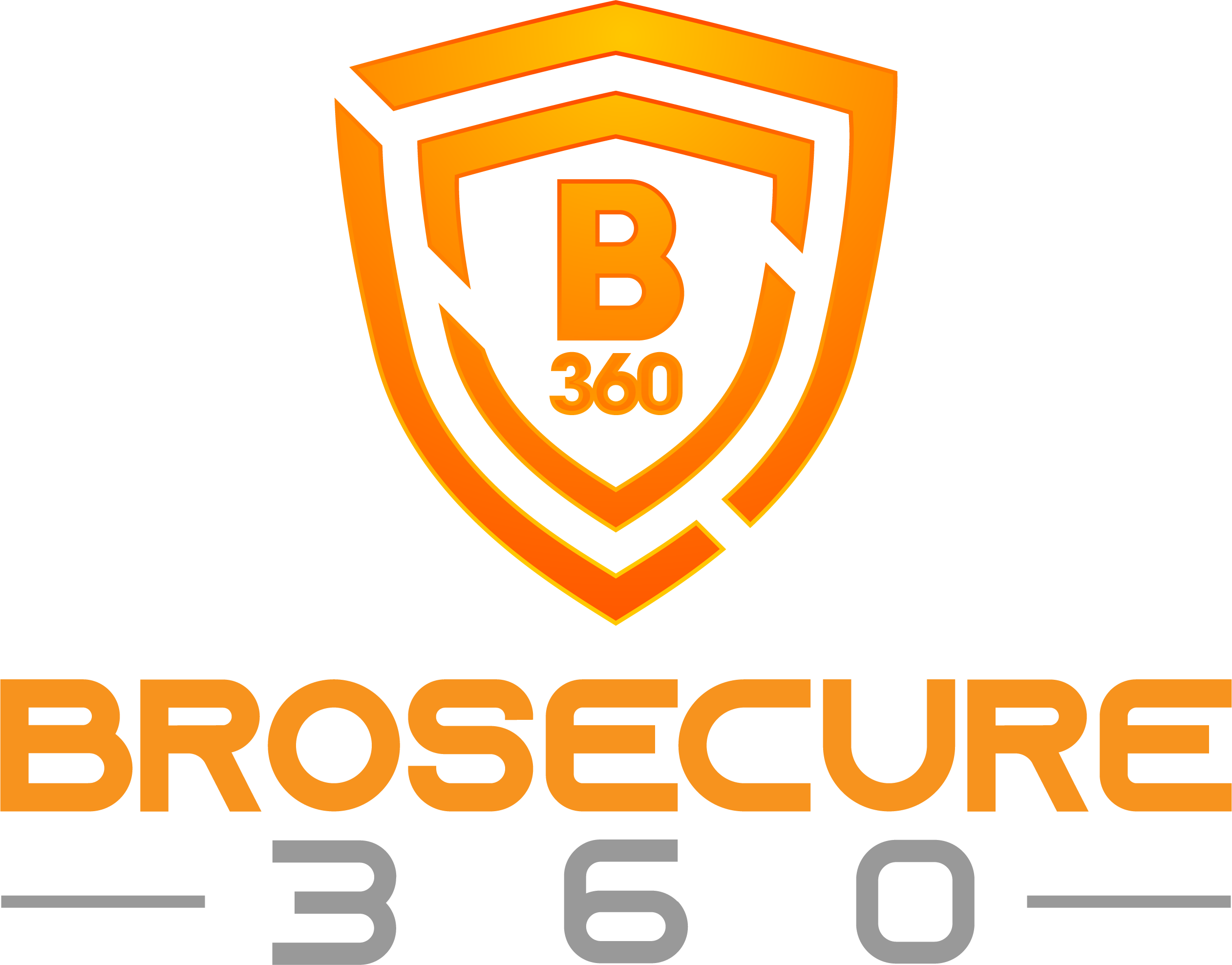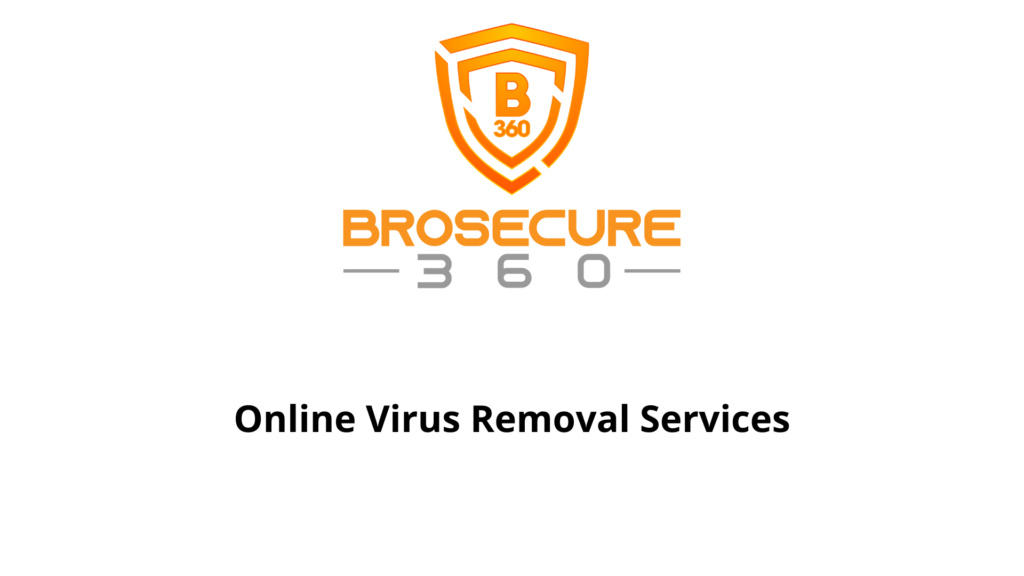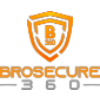Introduction:
In this article we’re gonna discuss about “Online Virus Removal Services“. before jumping deep lets look at certain things.
Technology, as beneficial as it is to humans, also has its drawbacks. Computer viruses are one such challenge that has long plagued technology users. They’re computer programmes written by malicious software developers or programmers with the intent of causing damage to other people’s machines.
What is a virus? is it harmful as they say?
A computer virus is a piece of software that interferes with the operation of a computer and has the ability to harm it. When a programme or a file is associated to it, a computer virus can propagate from one computer to another while the programme is operating. Most viruses are tied to an executable file, allowing them to remain on the computer but not cause any harm until you open or start the infected software. Viruses have the ability to corrupt or delete data on a computer.
Computer viruses[1] are a major issue because they harm data and might potentially cause system failure (Brain 1). Hackers can use other viruses to steal information from other people’s computers without their permission.What are the diffrent types of viruses:
Computer Viruses: 6 Common Types Viruses come in a variety of forms, including:
1. Direct Action Virus:
This virus is “non-resident,” meaning it chooses one or more files to infect each time the code is executed. When the code is executed, the main goal is to copy itself and propagate infection.
2. Boot Sector Virus:
This virus infects computers by copying code to a hard drive’s partition table or a floppy disk’s boot sector. The virus is loaded into memory during startup. The virus will then infect any non-infected drives accessed by the system as a result of this operation.
3. Macro Virus:
This virus infects Microsoft Word or other similar apps and causes a series of operations to be performed automatically when the application is launched or if it is triggered by something else.
4. Memory Resident Virus:
After it operates and its host software is finished, the virus remains in memory. Non-memory-resident viruses, on the other hand, are active when an infected application is started.
5. Overwriting Virus:
Copies its own code over the file contents on the host computer system, destroying the original software.
6. Cluster Virus:
This virus attaches itself to programme execution by modifying directory table entries to ensure that the virus starts when any programme on the computer system is started. If your computer is infected with this virus, it will appear like all of the programmes on your computer are contaminated; nevertheless, the virus is only present in one location on the system.
Virus Removal on Your Computer
If your computer has a virus, take the following steps:
Get rid of the virus
Step 1: Switch to Safe Mode
Turn your computer on and off several times. As soon as you see something on the screen, press the F8 button repeatedly. The Advanced Boot Options menu appears as a result of this action. Press Enter to enter Safe Mode with Networking. Disconnect your computer from the Internet.
Delete Temporary Files in Step 2
You should use the Disk Cleanup programme to clear your Temporary Files while in Safe Mode:
• Select Start from the Start menu.
• All of the programmes (or just Programs)
• Accessories
• Tools for the Operating System
• Cleaning up the hard drive
• Select Temporary Files from the Files To Delete list after scrolling through the list.
• By deleting these files, you may be able to speed up your malware detection.
Step 3: Get a Virus Scanner on your computer
Step 4: Perform a Virus Check
Step 5: Recover or reinstall any data or software that has been damaged
If the virus was detected and eradicated during the scan, you may need to reinstall any files or programmes that were damaged. This is where backups come in handy, and you should do them on a regular basis.
Step 6: Strengthen your defences
Step 7: Make sure your security software is up to date
Updating your virus protection software will aid in the prevention of viruses and malware on your computer. Because new viruses are emerging all the time, keeping your antivirus up to date is critical. Even if you purchased your antivirus a month ago, it may require rapid update.
Step 8: Back up your data
Make careful to back up your data on a regular basis.
Computer virus removal solutions:
Installing antivirus software on computer systems is the best answer to the problem of computer viruses. When antivirus software is placed on a computer system, it protects it against harmful malware and assures that each programme that runs on it is permitted.
Take preventative actions to avoid another virus attack
Here are a few easy tips to assist you avoid downloading a virus again:
• Antivirus software should be installed.
• Back up your data on a regular basis.
• Install the most recent Windows software updates.
• Do not click on pop-up messages claiming to have discovered a problem with your computer.
• Open emails from unfamiliar addresses with caution, especially if they contain an attachment or a link.
Brosecure, Kaspersky, McAfee, Norton, Avast, and others are examples of antivirus software. The only disadvantage of antiviral software is that it is also a programme, and hence it is not inherently perfect.
As a result, antivirus software must be updated on a regular basis in order to effectively secure a computer system (Brain 1). Although the cost of updating antivirus software is not as large as the initial cost, this may prove to be costly to the user.
Read Also – Best Antivirus Software For Gaming PC
Brosecure 360 Protection is an excellent option – Online Virus Removal Services
Endpoint protection aids in the prevention of targeted attacks and advanced persistent threats (APTs), which are difficult to combat with merely antivirus software. Endpoint security solutions offer businesses a comprehensive set of security tools that can be managed centrally and assist secure endpoints and endpoint devices.
What Are the Benefits of Brosecure Advanced Endpoint Protection?
With Brosecure’s groundbreaking Default Deny Platform, HDD Disk management, Advanced Endpoint Protection (AEP) can stop unknown malware from infecting your endpoints. All unfamiliar files are quarantined in a virtual container by Brosecure AEP, where they can be reviewed and executed in a secure and timely manner. The Brosecure AEP offers a Default Deny Platform that focuses on enterprise visibility when endpoints are being protected. The endpoints connected to the organization’s network, on the other hand, are malware-free. It also comes with an IT and security management console that can be used to control Linux, OSX, iOS, Windows, and Android devices across all real and virtual networks.
Conclusion: Online Virus Removal Services
Many technology-related issues have arisen as a result of the continuing use and growth of technology. Viruses are more dangerous than they’ve ever been. Organizations are constantly losing critical and costly data.
This necessitates a better awareness of the threat of viruses to our computer systems. Other steps people may take to limit the consequences of viruses include making sure that files are adequately backed up so that if information is lost, the company does not have to start over.
Efforts should also be made to ensure that if a computer system has been infected with viruses, the data saved on it may be recovered. With this we’ve arrived at the end of the article called “Online virus removal Services” we hope you found this article helpful.





